These texts include the Samhita or "collections", generally in verse, which contain more especially hymns, prayers and ritual formulae’ the Brahmana or "Brahmanic explanations", theological commentaries on the Samhitas, in prose; the Aranyaka, "forest texts", and Upanishad, commentaries adjoined to the Brahmanas but of a more esoteric character. Finally the Veda is concluded by the Vedanga, "(auxiliary) limbs of the Veda", subsidiary works of exegesis, explanation, which are not part of the Veda in the narrow sense: they are no longer sruti but smriti, "(tradition entrusted to) memory". The intense development of the priestly spirit in the Post-Rigvedic texts was not able entirely to overcome this state of mind, which spontaneously modified the more pacific trend of the Brahmanic culture which supervened after the first invasions. But the Vedic culture was also enabled to impose itself by the richness of its religious ideas, which were powerful enough to set the framework of all the forms assumed by the religions of India through the centuries which followed.
Religions of Ancient India
$31.50
$35.00

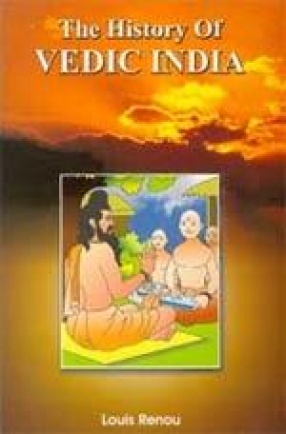
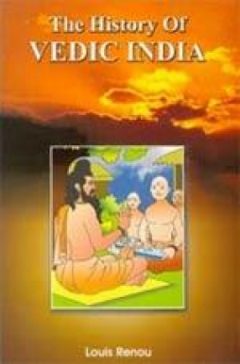
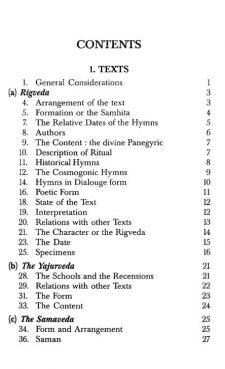
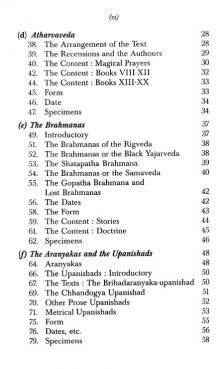
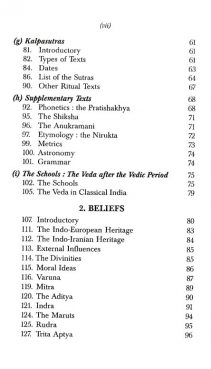
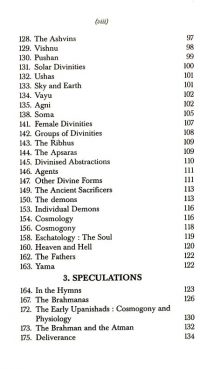

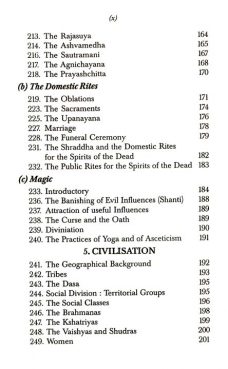
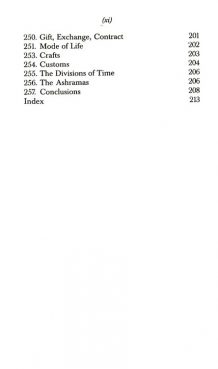
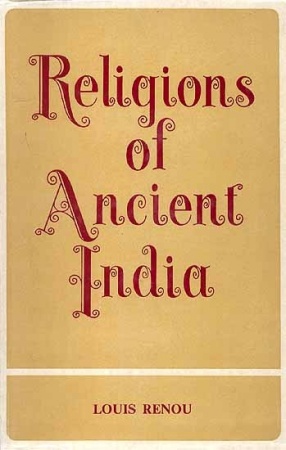
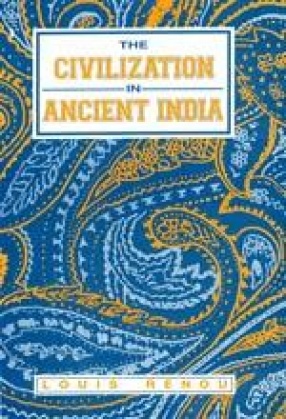
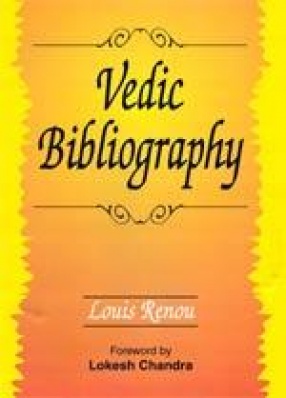
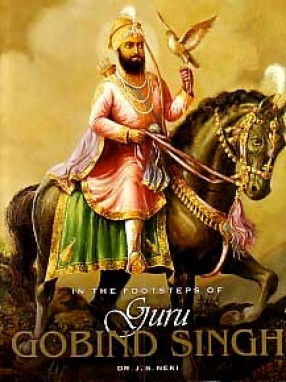
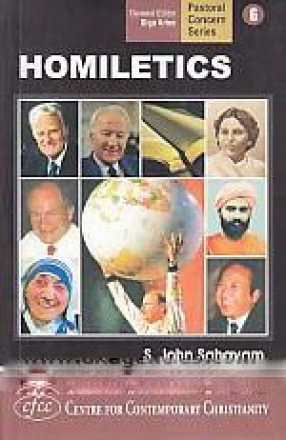
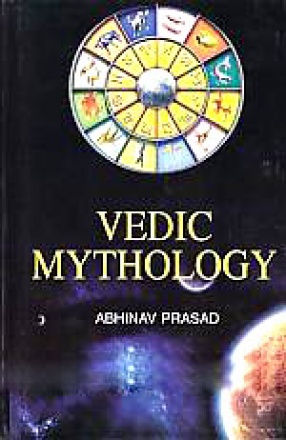
There are no reviews yet.